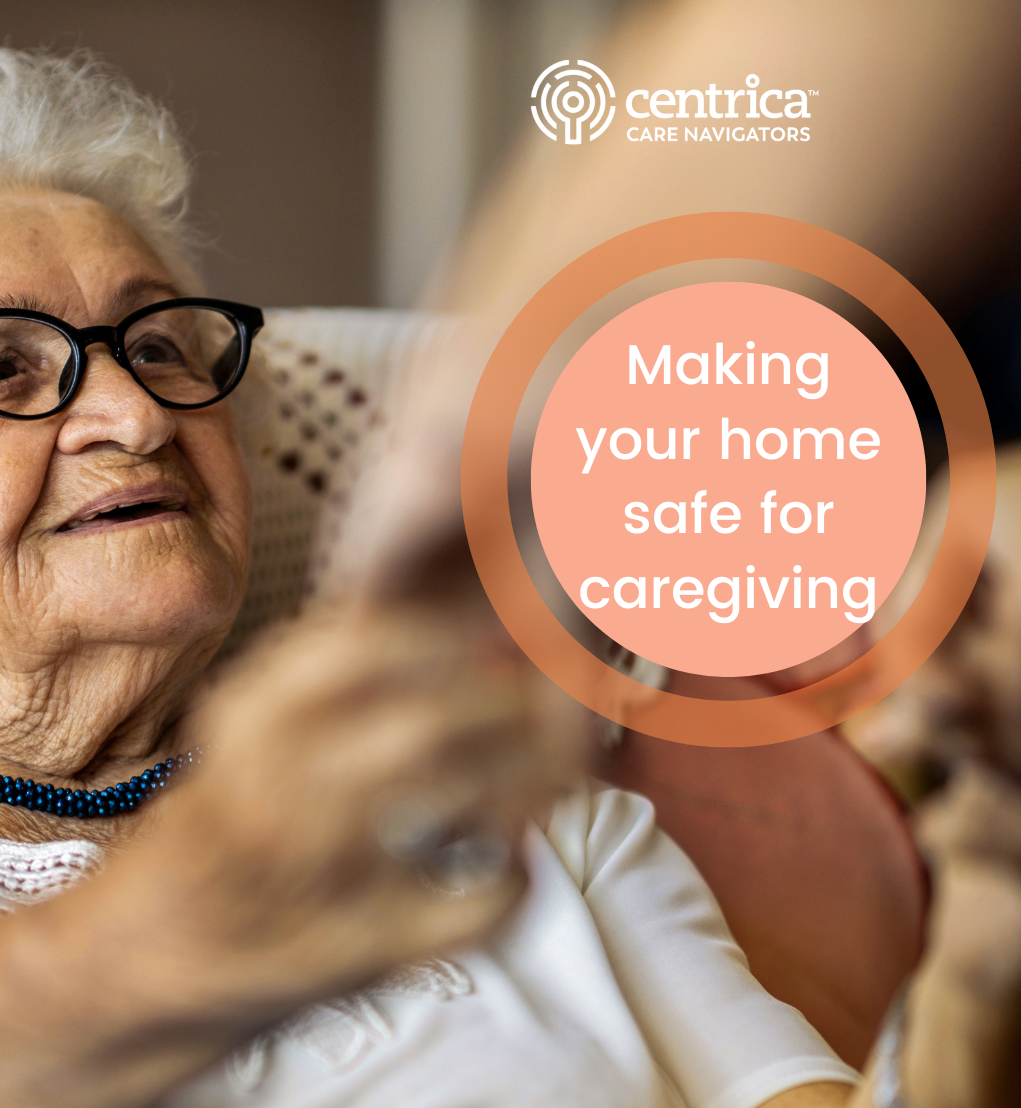When you’re starting your caregiving journey and taking care of a loved one with a long-term illness, you might not have an idea how to make sure you’re doing what’s best for your family member or friend.
If the loved one is staying in their own home, we recommend it be made safe and comfortable for them, to reduce the risk of injury. Making a house secure for someone who has difficulty moving around or remembering things doesn’t need to cost a lot, or take much time.
These tips for caregivers may seem simple, or even obvious, things to do, but it can be easy to forget the basics when you’re just trying to get through each day. A little preparation, to have the right supplies and a safe living area for your loved one, may help relieve some of your worries.
Movement
Helping a loved one move throughout their day is a common activity for a caregiver. Maybe the person is in a wheelchair, or they have difficulty standing up and sitting down, and need a helping hand getting off their bed and into the bathroom.
Keep them stable by locking the wheels on a wheelchair, or a bed, if possible. Concentrate on supporting them with your arm as they move or staying nearby in case they lose their balance.
Slips and falls
· Accidents happen, but keeping a clean, well-lit house or property is key to preventing many slips, trips, and falls.
· Keep electric cords and objects out of the walking path by laying them along a wall or wrapping extra length of cord with a rubber band or twist tie.
· Rugs, mats, and other items that can slide or move around need to be removed or secured with carpet tape.
· Use night lights throughout your home, so everyone can see where they are going no matter which room they’re in.
Emergency supplies
The basics you need for any emergency — from a snowstorm to a power outage — are also essential when you are a caregiver. Make sure you have all of these following items. Most of them are inexpensive and easy to find at your local store or online.
· A battery-powered radio
· A cell phone charger that doesn’t need to be plugged in
· A CO2 alarm
· A smoke alarm
· All appropriate medication and medical equipment
· Emergency contacts for your doctor, your nurse, and local emergency services (ambulance, fire, etc.)
· Flashlights with extra batteries
· Nonperishable food and water
Assistance
It’s also recommended that a loved one on oxygen or other support that uses electricity complete a medical certification form, like the one available through Consumers Energy.
Also known as shut-off protection, this certification means that people with life-threatening medical needs will have up to 21 days to pay a late electric bill — they’ll still be able to get the power they need for essential equipment.
This is for patients in specific situations, like existing medical conditions that would become certified medical emergencies without power, or patients with life-supporting medical equipment at home.
This program is meant for planning ahead: note that the extension on payments doesn’t apply to electricity for backup generators or transportation service. It also doesn’t mean people who need electricity for life-saving equipment will have their power restored first if there’s an outage.
Here at Centrica Care Navigators, we’ve collected ideas for you in caregiver resources we have available on our website. We discuss ways to make your home safe (like avoiding falls and having emergency equipment ready). There are also suggestions for some of the everyday tasks that someone nearing the end of their life may struggle with, such as breathing, eating, and understanding who and where they are.
Remember that you don’t have to do all the caregiving alone. Your team at Centrica Care Navigators can help you determine what you need, and where they can best support you. Just give us a call at 269.345.0273.




